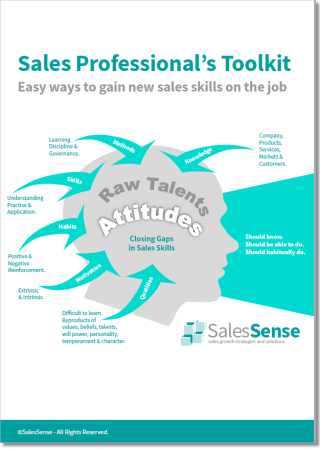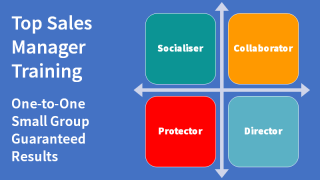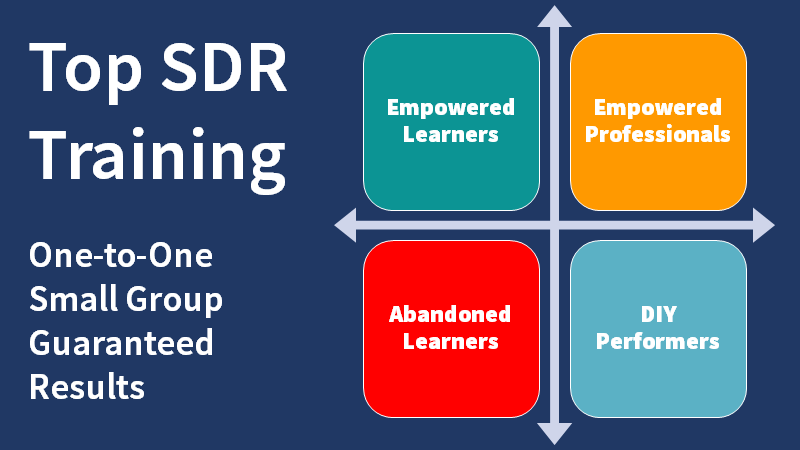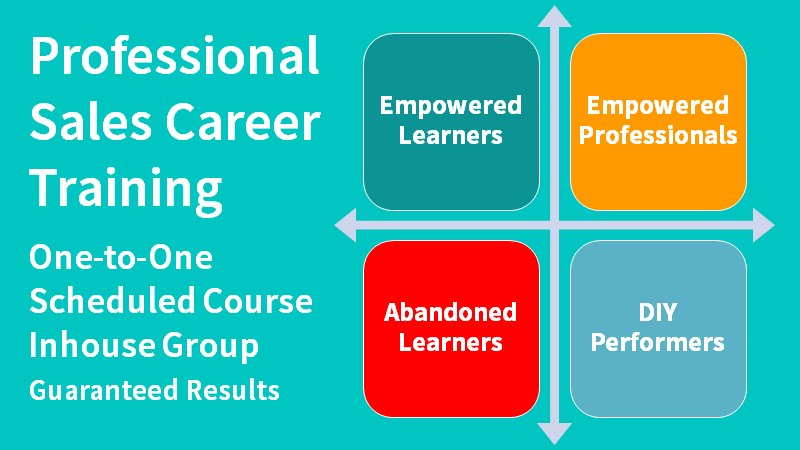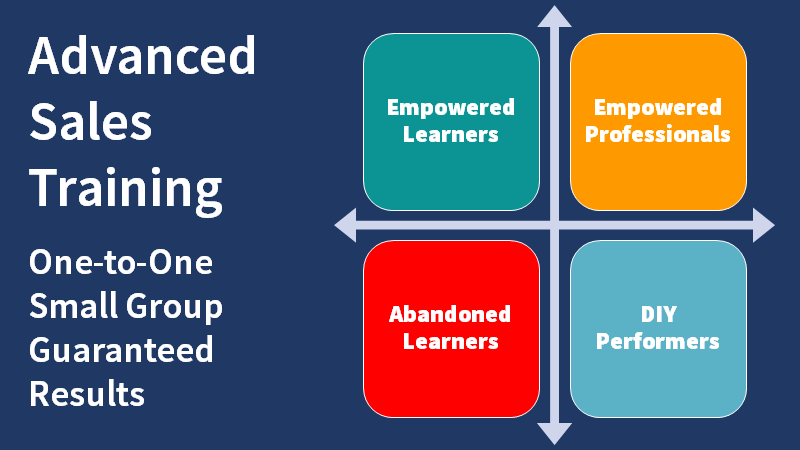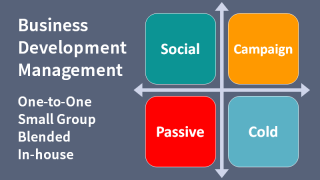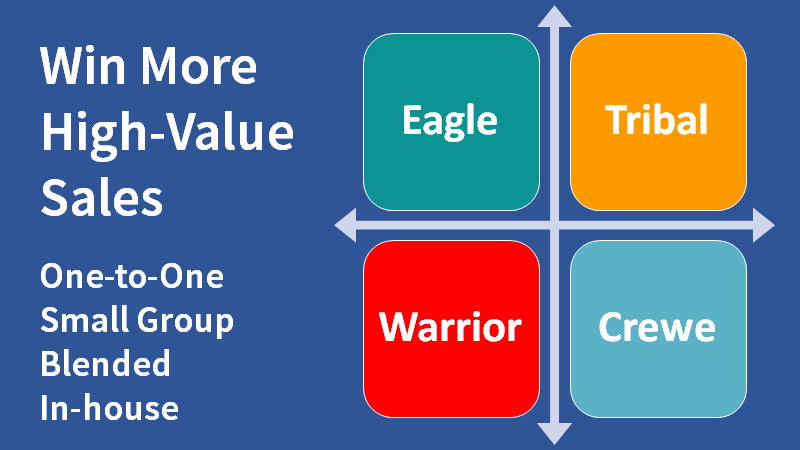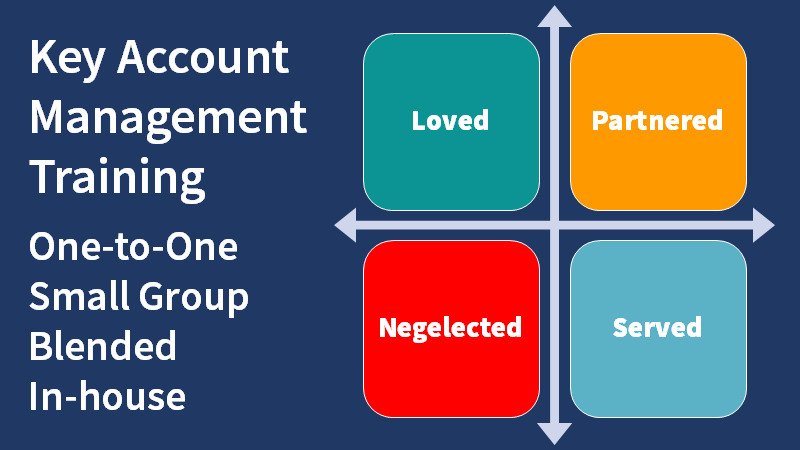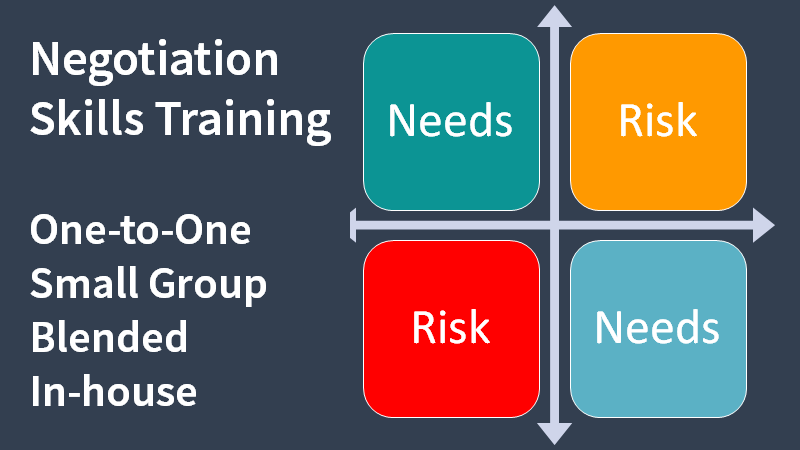Calling randomly selected sales suspects is a waste of time. These days LinkedIn for sales and other online tools make cold calling unnecessary.

Sean McPheat offers a raft of ideas for using LinkedIn for sales in this guest article:
When it comes to modern-day selling, sales professionals and business owners alike can find real value in the LinkedIn platform as a sales tool, as there is so much potential for you to prospect for and engage with new leads and current clients online.
There are numerous different ways in which you can use LinkedIn to network with c-suite decision makers and build your internet footprint so let’s take a look at exactly how YOU can use LinkedIn as a sales professional.
Using LinkedIn As A Prospect Search Engine
The first thing you need to do is compile a list of keywords related to both your business and the people you are looking to connect with.
You can then search on keywords related to an industry or job titles via the search bar at the top of the screen. You can be as general or specific as you want with these searches, meaning that you can target exactly the right type of LinkedIn members who you believe would be interested in your products and services.
You can also use LinkedIn to target specific organisations which you may want to work with, as you can research who works for each company both through the standard search options and via Company pages.
By searching for a specific organisation’s LinkedIn Company Page you can see a list of the employees the company has who are on LinkedIn, and from there you can find the right contact to connect with to discuss your business, rather trying to chase a lead through a member who will not be the key decision maker further down the line.
Prospecting On LinkedIn Through Your Connections
Most sales professionals and business owners are only aware of their first degree connections. These are the people that you probably already knew before LinkedIn, but these connections might not be potential prospects for you, so how can you get to the key decision makers who you really want to engage with?
The real gold which LinkedIn has to offer (more than any other social networking site) is the ability to be introduced to key decision makers you may otherwise not be able to reach. It quite literally is a prospecting power tool...in the right hands.
The real value in the site doesn't necessarily come from who you are connected to, but who your connections are connected to – and the great thing about LinkedIn is that it doesn't just show your own network, it also shows you your network’s network. In fact, LinkedIn even shows you how you are connected to these prospects so that you can ask for an introduction from your shared connection in order to make that first contact.
You may not already be connected to every key decision-maker who you would like to contact, but that doesn't mean you can’t be introduced to them via the LinkedIn platform. By building up a solid relationship with your current connection - giving them good advice, offering solutions to their problems or suggesting interesting content that may help them - you can then ask them with confidence to recommend you as a connection to a key decision-maker you are keen to network with.
After all, you've proved to be a good connection to them so why would they not consider recommending you to their colleagues, friends and other connections?
And so your list of opportunities continues to build with each new contact you connect with…
Using LinkedIn Groups To Network And Engage With Key Decision Makers
LinkedIn is brimming with key decision-makers so how can you delve into this network and engage with them on a one-to-one level?
Well, a great way to gain direct contact with these desired connections is to strike up a conversation with them in one of the many LinkedIn groups that the platform has to offer. The chances are that you will already be connected to some of these key decision-makers through your current groups, but you can also research which groups these ideal contacts are members of simply by visiting their profiles.
Here you will find a list of all the groups they are involved with, so it’s wise to go in to a few of these and see which ones they are the most active in – as most people will join lots of groups but may only contribute regularly within a certain few, so seek these out.
Once you have found out where your key contacts are hanging out on LinkedIn, you can then enter the discussion and strike up conversation with them by commenting on their recent posts or starting a relevant discussion of your own which you feel they would be likely to interact with.
The key to being successful when prospecting and networking via LinkedIn groups is to be genuine with your interactions and contribute useful content – without turning everything you say into a sales pitch.
By all means, share your blog posts and link to your webpages in your responses, but only if this adds real value to the discussion.
Once you have gained a decent level of interaction with these key decision-makers, and offered plenty of friendly and free advice (without trying to sell them anything straight away) you can then send them an invitation to connect with you personally.
Networking and engaging with your desired prospects in this way is non-threatening and is likely to yield a better response than spamming them with emails or trying to cold call, so make the most of your LinkedIn groups and show these contacts why they should want you as a contact.
Author credit: Managing Director of MTD Sales Training, Sean McPheat is regarded as a thought leader on modern-day selling. Sean has been featured on CNN, ITV, BBC, SKY, Forbes, and Arena Magazine and has over 250 other media credits to his name. Sean’s Sales Blog is visited by 5,000 people every week and his 6 Sales Training Audios are free to download. Click here to follow Sean online.
If you need to know how to use LinkedIn for sales or develop broader business social networking skills, we can help. Telephone +44 (0)1392 851500 for more information. We will be pleased to learn about your needs and talk through some options. Send email to custserv@salessense.co.uk for a prompt reply or use the contact form here.


